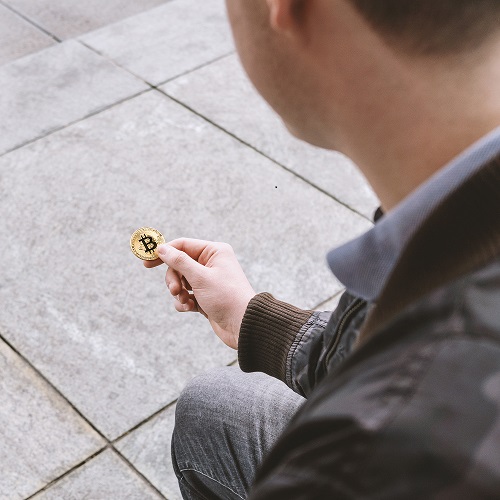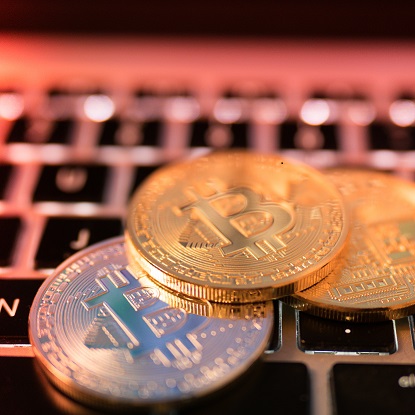In the rapidly evolving world of cryptocurrency, securing your digital assets is paramount. A crypto wallet serves as a digital vault for your cryptocurrencies, allowing you to send, receive, and store your assets safely. With various types of wallets available, setting one up can seem daunting, especially for beginners. This article will guide you through the process of setting up a crypto wallet step-by-step, ensuring you have a secure and efficient way to manage your digital currencies.
Understanding Crypto Wallets
Before diving into the setup process, it’s essential to understand what a crypto wallet is and the different types available. A crypto wallet does not store your cryptocurrencies in the traditional sense; instead, it holds the private and public keys that allow you to access your digital assets on the blockchain.
Types of Crypto Wallets
- Hot Wallets: These are connected to the internet and are more convenient for frequent transactions. Examples include mobile wallets, desktop wallets, and web wallets. However, they are more vulnerable to hacks.
- Cold Wallets: These are offline wallets that provide enhanced security. Examples include hardware wallets and paper wallets. They are ideal for long-term storage but less convenient for regular transactions.
- Custodial Wallets: These wallets are managed by third-party services, such as exchanges. While they offer convenience, users do not have full control over their private keys.
- Non-Custodial Wallets: These wallets give users complete control over their private keys, enhancing security and privacy.
Step 1: Choose the Right Wallet
The first step in setting up a crypto wallet is selecting the type that best suits your needs. If you plan to trade frequently, a hot wallet may be more suitable. For long-term storage, consider a cold wallet. Research various wallets, read reviews, and evaluate their security features before making a decision.
Recommended Wallets
- Hot Wallets: Exodus, Trust Wallet, MetaMask
- Cold Wallets: Ledger Nano S, Trezor, KeepKey
- Custodial Wallets: Coinbase, Binance, Kraken
- Non-Custodial Wallets: Electrum, MyEtherWallet, Atomic Wallet
Step 2: Download or Purchase Your Wallet
Once you’ve chosen a wallet, the next step is to download or purchase it.
For Hot Wallets
- Mobile Wallets: Go to the App Store (iOS) or Google Play Store (Android) and search for your chosen wallet. Download and install the app.
- Desktop Wallets: Visit the official website of the wallet provider. Download the software compatible with your operating system (Windows, macOS, or Linux) and install it.
- Web Wallets: Simply navigate to the wallet’s website and create an account.
For Cold Wallets
- Hardware Wallets: Purchase a hardware wallet from a reputable manufacturer. Ensure you buy directly from the manufacturer’s website or authorized retailers to avoid counterfeit products.
- Paper Wallets: You can create a paper wallet using a trusted online generator. However, ensure you do this in a secure environment to avoid exposure to malware.
Step 3: Create Your Wallet
After downloading or purchasing your wallet, it’s time to create it.
Hot Wallets
- Open the Wallet App: Launch the app or software you installed.
- Create a New Wallet: Follow the prompts to create a new wallet. You may need to set a strong password to protect your wallet.
- Backup Your Wallet: Most wallets will prompt you to back up your wallet. This usually involves writing down a recovery phrase (also known as a seed phrase) consisting of 12 to 24 words. Store this phrase securely, as it is the only way to recover your wallet if you lose access.
Cold Wallets
- Follow the Manufacturer’s Instructions: For hardware wallets, connect the device to your computer and follow the on-screen instructions to set it up.
- Create a PIN: Set a secure PIN for added security.
- Backup Your Recovery Phrase: Similar to hot wallets, you will receive a recovery phrase. Write it down and store it in a safe place.
Step 4: Fund Your Wallet
Once your wallet is set up, you can fund it with cryptocurrency.
- Get Your Wallet Address: Locate your wallet address, which is a long string of letters and numbers. This address is unique to your wallet and is used to receive funds.
- Purchase Cryptocurrency: You can buy cryptocurrency from exchanges like Coinbase, Binance, or Kraken. After purchasing, you can transfer the funds to your wallet by entering your wallet address.
- Receive Cryptocurrency: If someone is sending you cryptocurrency, provide them with your wallet address. Ensure they are sending the correct type of cryptocurrency











